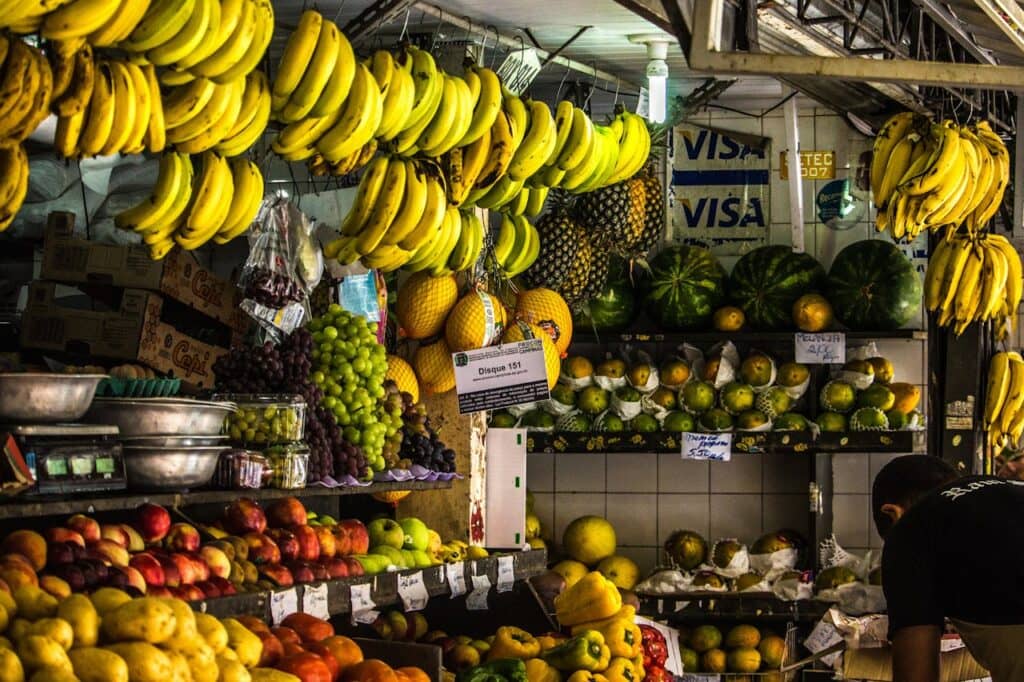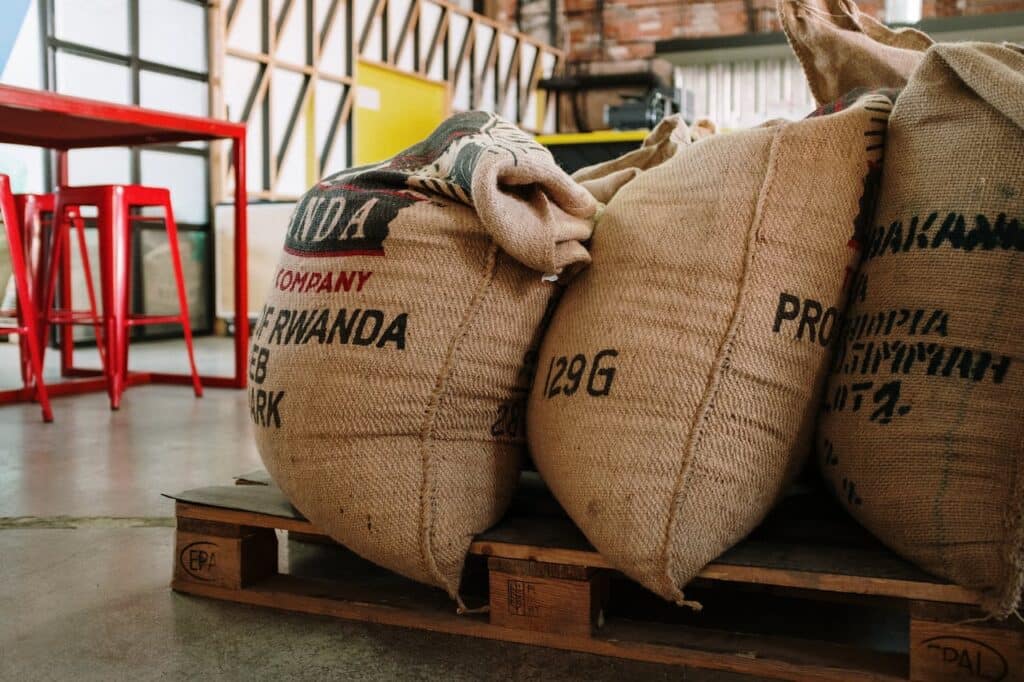Agribusiness Evaluation: A Comprehensive Guide to Measuring Success and Sustainability
Agribusiness lies at the heart of the global food supply chain, encompassing all activities related to the production, processing, marketing, and distribution of agricultural products. From small-scale farmers to multinational corporations, agribusiness is a dynamic sector that feeds populations, supports …
Agribusiness Evaluation: A Comprehensive Guide to Measuring Success and Sustainability Read More »








